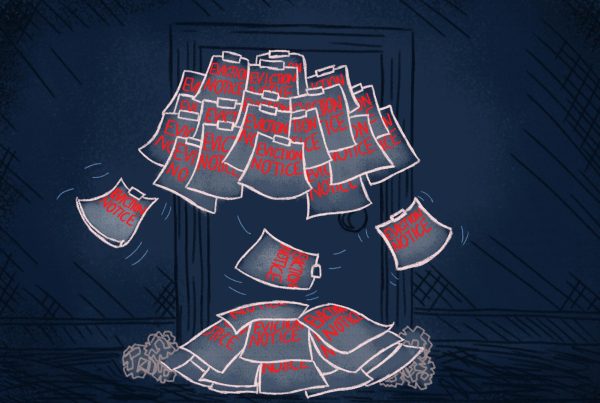Suicide: Not So Painless
September 23, 2015
“Suicide happens when you have more pain than resources,” says Beth Hanis of Contra Costa Supported Education Services, who held a seminar in the Margaret Lesher Student Union in honor of National Suicide Prevention day on Sept. 10. “Some people have been habitually traumatized. For them, victimhood becomes a learned role.” For some, the only escape from that role is suicide, an issue rarely afforded space in. At this very moment as you, dear reader, gaze upon these words someone somewhere has abandoned all hope and taken their own life. In another forty seconds, someone else will do the same.
According to Hanis, the group most prone to suicide are young men ages 15-24, as well as men over 60. The former group finds itself looking for an escape from painful experiences and emotions as a result of harmful cultural norms. The latter group often find themselves losing their sense of purpose, and consequently their sense of meaning and self-actualization.
Hanis also spoke of the taboos surrounding the discussion of suicide and the resultant difficulties presented in both spreading awareness of the issue and hindering our ability to intervene; the predominantly empty seats in the room lent their silent credence to the point. The symptoms of an imminent suicide are often subtle, and taken individually may seem innocuous.
Given the aforementioned taboos surrounding suicide even as a topic, many of us simply lack the awareness to piece together the warning signs our friends and loved ones may be presenting. Those warning signs can easily be remembered with the following acronym, ISPATHWARM:
- Ideas, or notions or hints that may be cause for concern (for example: “I’m not sure I can keep going,” “am I really going to make it?” etc.).
- Substance abuse.
- Purposelessness, or a feeling of being constantly adrift and unable to latch on to a sense of meaning or self concept.
- Anxiety can be symptomatic of a variety of things depending on a particular individual’s response to stress.
- Trapped; sufferers, especially younger individuals, trapped by their circumstances and powerless to escape their situation.
- Hopelessness; Defeated, disillusioned and disinterested.
- Withdrawal from social interaction in general can also be a symptom.
- Anger often accompanies withdrawal as a means of keeping others at bay and enforcing their self-imposed hermitage.
- Recklessness is often the hallmark of one who places a low value on their own life. When all of the above abruptly goes out the window and the sufferer suddenly seems happier and at ease with themselves?
- Mood Changes; That’s when you should really pay attention, because such mood changes are a good indicator that the individual has come to some sort of decision; it’s now up to you to figure out whether that decision is a potentially lethal one or not.
While it may be the most uncomfortable and awkward conversation you may ever have to start, if someone you know is displaying the above symptoms do not hesitate to sit down and have that talk. Even if you think your involvement might just make things worse. “Someone who is contemplating suicide isn’t going to become more inclined to do it because you asked if they’re ok,” said Hanis. That simple act of reaching out might just save a life.















































































